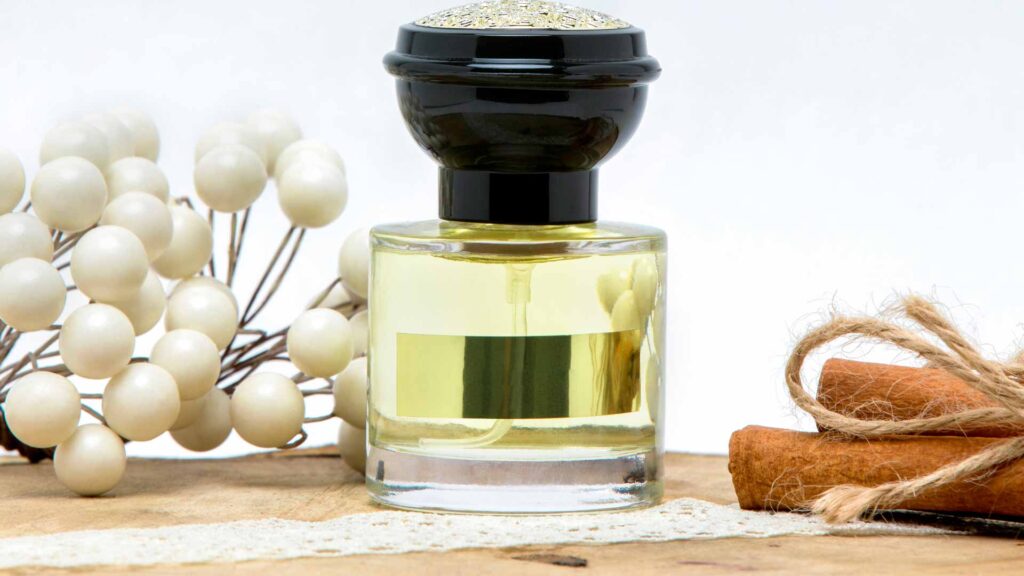The word “natural” on a perfume label typically conjures notions of purity and safety. Today’s consumer prefers products containing natural essential oils to those with synthetic compounds that they believe are gentler and more beneficial.
But the safety of natural fragrance is not a straightforward matter beyond marketing. Several Reactions and although they all come from the natural world of plants, there are a few potential risks associated with these compounds -from skin irritation to allergies.
Understanding the science behind these scents is essential for making informed decisions about the products that we apply to our skin, and use in many cases within our homes, daily. So, let’s proceed and learn more about: is natural fragrance safe?
Defining Natural Fragrance
The phrase “natural fragrance” has no uniform legal meaning, which can be confusing for consumers. In general, it is a fragrant or aromatic substance which plant produces through distillation, expression, or extraction.
These may be essential oils, absolutes and resins. But a product that lists “natural fragrance” as an ingredient can still include a chemical cocktail of dozens of individual compounds, and some extraction processes involve solvents.
Now the fact that it’s botanical in origin does not necessarily imply safety as there are many potent allergens and irritants derived from natural sources.
Potential For Allergic Reactions
The problem with natural fragrances today is that they can also be allergen to allergic contact dermatitis. Most EO’s are made up of potent chemical compounds that can cause the skin to be sensitized.
Limonene, linalool and euglenoids are common natural allergens. When they’re exposed to air, this entity can oxidize and make you even more likely to have a reaction.
An individual may use a product with lavender oil for years and then develop an allergy seemingly out of the blue. This variation makes it difficult for some individuals to tolerate even previously well-tolerated compounds.
The Phototoxicity Risk
Some scent components of natural origin used for such purpose are phototoxic, leading to strong skin reaction when the skin is exposed to sunlight. Citrus oils are among the best known; bergamot, lime and lemon oils contain furocoumarins that cause blistering, burns or hyperpigmentation on UV-irradiated skin.
That’s a risk especially with products like daytime perfumes, lotions or lip balms. Although some processors provide “FCF” (furanocoumarin-free) fractions of these oils, the standard extracts continue to be used extensively.
A well-informed consumer would not suspect this peril and might unwittingly expose oneself to danger by using citrus fragrance products prior to leaving home.
Lack Of Regulation And Transparency
On ingredient lists (INCI) companies may use the catch-all term “natural fragrance” for the best diffuser scent thereby shielding their unique blends.
This means that although a consumer knows they are allergic to a particular natural compound such as tea tree oil, he or she won’t know if it exists in the product simply marked “natural fragrance.”
This failure to require detailed disclosure prevents consumers from being careful in avoiding certain allergens, and it therefore inhibits them from truly being able to make informed safe choices based on the information available.
Natural Vs. Synthetic Safety Profiles
There is a myth that synthetic fragrances are unsafe while natural ones are safe. The reality is more nuanced. Blended ingredients are produced in controlled environment as a precise purity, and without any known allergens are present.
Lots of synthetic versions mimic the smell molecules found in nature without the same irritants. This contrasts with a natural fragrance, which may contain complex mixtures that are not purified.
From the perspective of safety, a rigorously tested synthetic ingredient in some cases may be safer, more stable and longer lasting than a volatile natural counterpart. Safety is not a matter of origin, but of the individual chemical involved.
Conclusion
The answer as to whether natural fragrances are safe or not isn’t simply yes or no. These complex formulations, although botanical in origin, not only contain allergens and photographic agents but are also highly active chemically.
Whether an ingredient is natural or synthetic matters far less for safety than does its chemical properties, concentration and the sensitivities of the individual.
Ultimately, the best way to stay safe is either making informed scent decisions with information about fragrances available to you personally or choosing transparency over mystery.



